Sport
Dollar
42,8044
0.17 %Euro
50,1756
-0.07 %Gram Gold
5.973,2500
0.3 %Quarter Gold
9.852,9100
0.24 %Silver
92,4600
2.85 %Here’s a closer look at the financial and trade restrictions the US-led Western nations have slapped on Moscow over the Ukraine war.
US President Donald Trump has once again threatened to escalate economic pressure on Russia, giving Vladimir Putin less than two weeks to end the war in Ukraine or face what he described as crippling new tariffs.
Speaking after a meeting with the UK Prime Minister Keir Starmer at Turnberry on Monday, Trump said he would shorten a previous 50-day deadline given to the Russian leader.
“A new deadline of about 10 or 12 days from today,” Trump told reporters.
“There’s no reason waiting […] I want to be generous, but we just don’t see any progress being made.” Ahead of the bilateral meeting, he added, “I’m disappointed in President Putin, very disappointed at him,” suggesting that a final decision on new penalties could come “probably tonight or tomorrow.”
Trump first issued the 50-day ultimatum in early July, threatening to impose tariffs of up to 100 percent on Russia and its trading partners unless Moscow ended the war.
But while Trump now promises new measures, many of the most severe economic tools have already been deployed over the past two years.
Financial pressure and central bank assets
Among the earliest and most sweeping steps taken by the US and its allies was the freezing of over $300 billion in assets belonging to the Russian Central Bank. By blocking Moscow from accessing a significant portion of its foreign reserves, the move aimed to undermine Russia’s financial stability.
In parallel, major banks such as Sberbank, VTB, and Alfa Bank were cut off from the US financial system and removed from SWIFT, the international messaging network used for cross-border transactions.
The intended effect was to isolate Russian financial institutions from the global banking infrastructure.
Capital markets locked down
Russia has also been locked out of Western capital markets. US entities are prohibited from engaging with Russian sovereign debt, either through new bond purchases or secondary market transactions.
These restrictions are designed to limit Moscow’s ability to raise funds internationally.
Sanctions on leadership and elites
Top Russian officials, including President Putin, Foreign Minister Sergei Lavrov, and others, have been personally sanctioned, though such moves are largely symbolic and difficult to enforce.
A more consequential arm of the sanctions campaign has targeted Russia’s wealthiest individuals, those believed to be close to the Kremlin.
Through the Department of Justice’s KleptoCapture initiative, Western authorities have seized high-value assets like yachts, private jets, and real estate held abroad.
These actions are framed as efforts to disrupt the economic networks that help insulate the Kremlin from international pressure, though critics argue they serve more as public messaging than as genuine levers of change.
Weapons industry under sanctions
The US has also gone after Russia’s military-industrial base.
Hundreds of companies involved in the production of weapons, vehicles, and defence technology have been sanctioned. Export controls have been introduced to block shipments of US-origin semiconductors, avionics, and other components used in military systems.
These measures are aimed at slowing down Russia’s ability to produce or repair high-tech weaponry, though the long-term effectiveness is difficult to verify, particularly given the scale of the global arms trade and the potential for workarounds.
Energy sector in focus
Energy exports remain central to Russia’s economy, and the US has sought to reduce its role in global supply chains.
Washington banned imports of Russian oil, gas, and coal, and prohibited US firms from investing in Russian energy projects.
Alongside the G7, the US has supported a price cap on Russian oil to reduce the Kremlin’s revenue without causing major global market disruptions.
While these efforts have had some effect on state revenues, Russia has increasingly turned to other buyers outside the Western bloc, especially in Asia, in an attempt to sustain its exports.
Technology and dual-use goods
The Biden administration also imposed sweeping export restrictions on goods with both civilian and military uses. This includes high-performance chips, aviation parts, and navigation systems; components critical to modern infrastructure and military operations alike.
These controls are part of a broader strategy to cut off Russia’s access to advanced technology, although enforcement remains complex and often porous.
Trade in luxury and consumer goods
In a more symbolic move, the US banned exports of luxury items to Russia, including expensive watches, fashion, and automobiles.
Broader trade restrictions have also affected sectors like aerospace and shipping, further disrupting supply chains.
Comments
No comments Yet






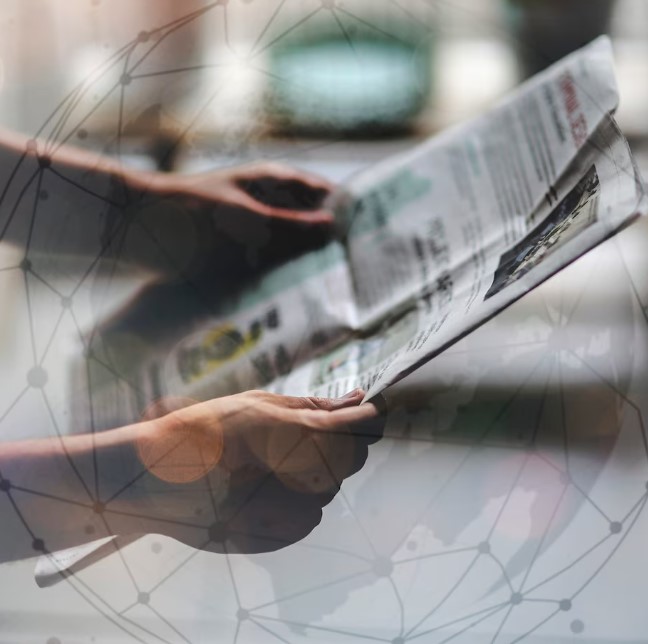
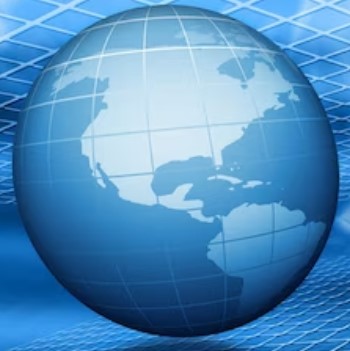
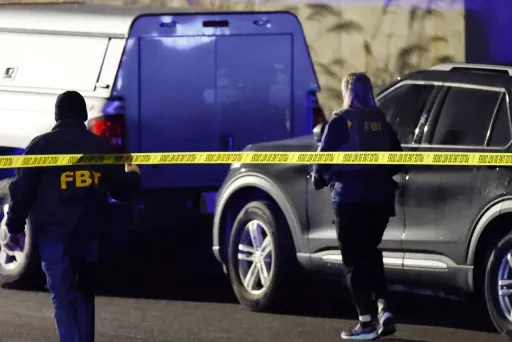
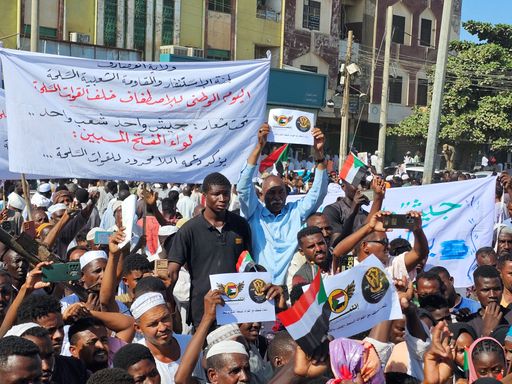
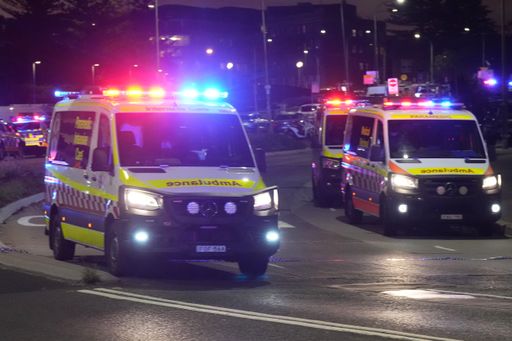
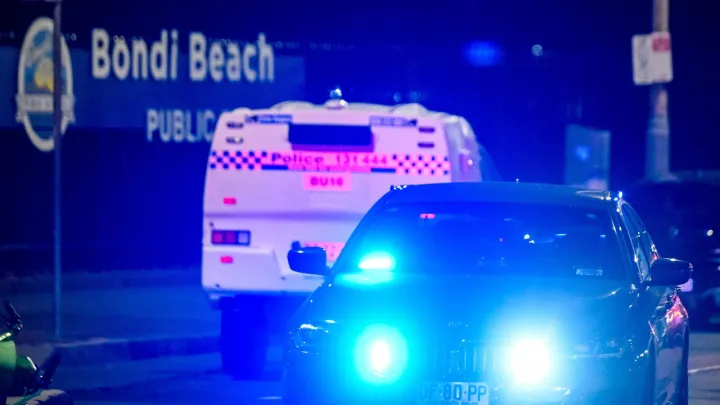


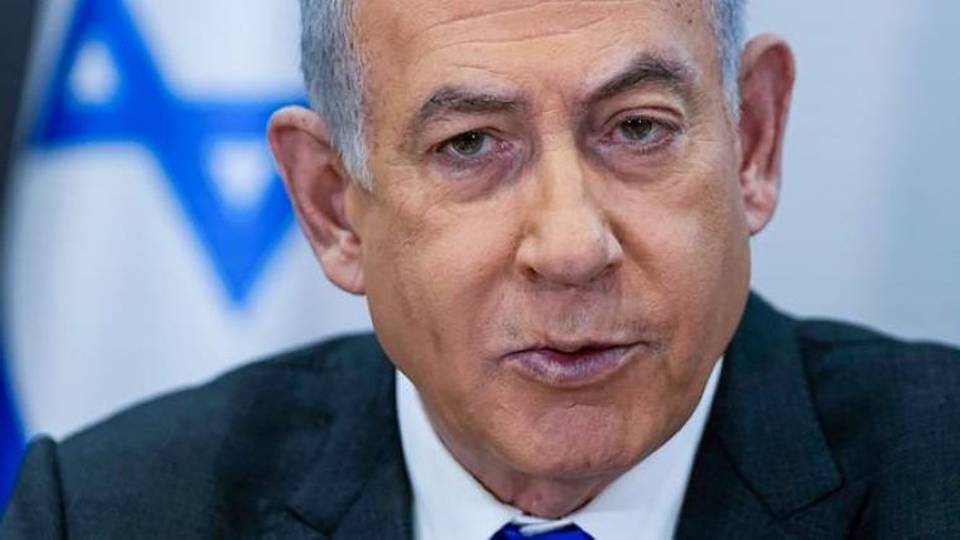
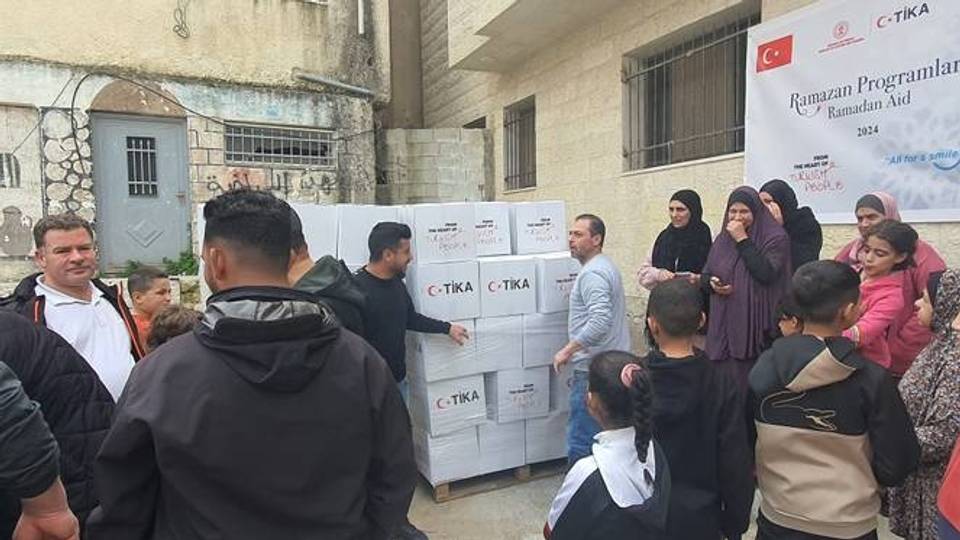
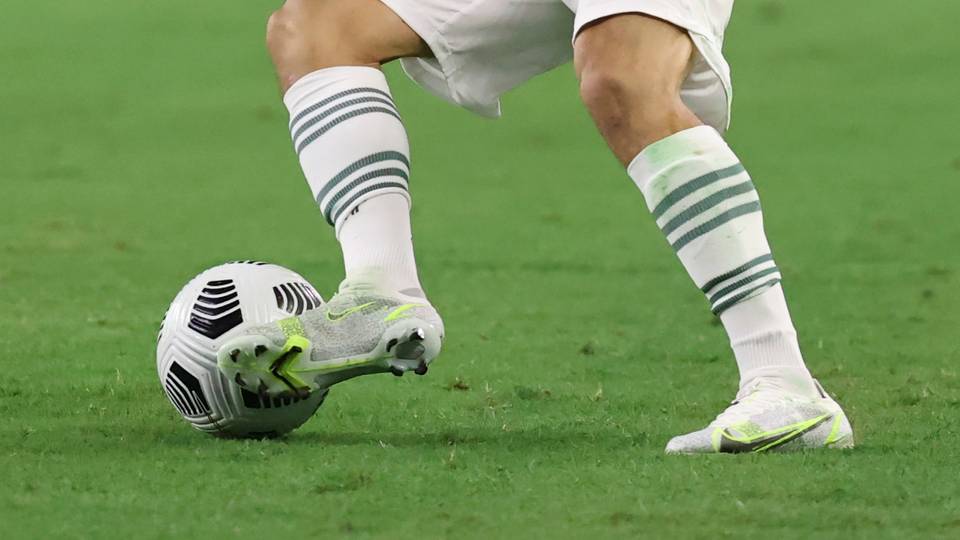
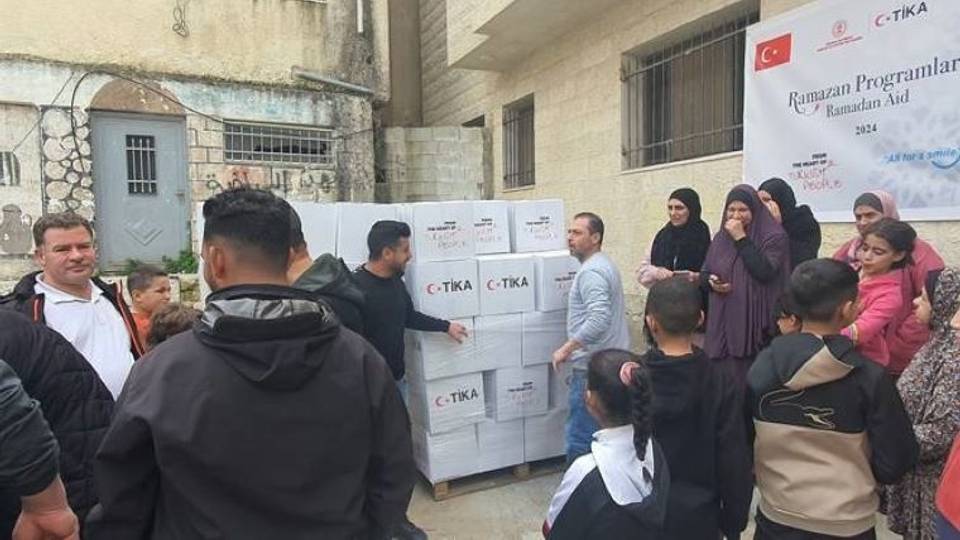


Comment